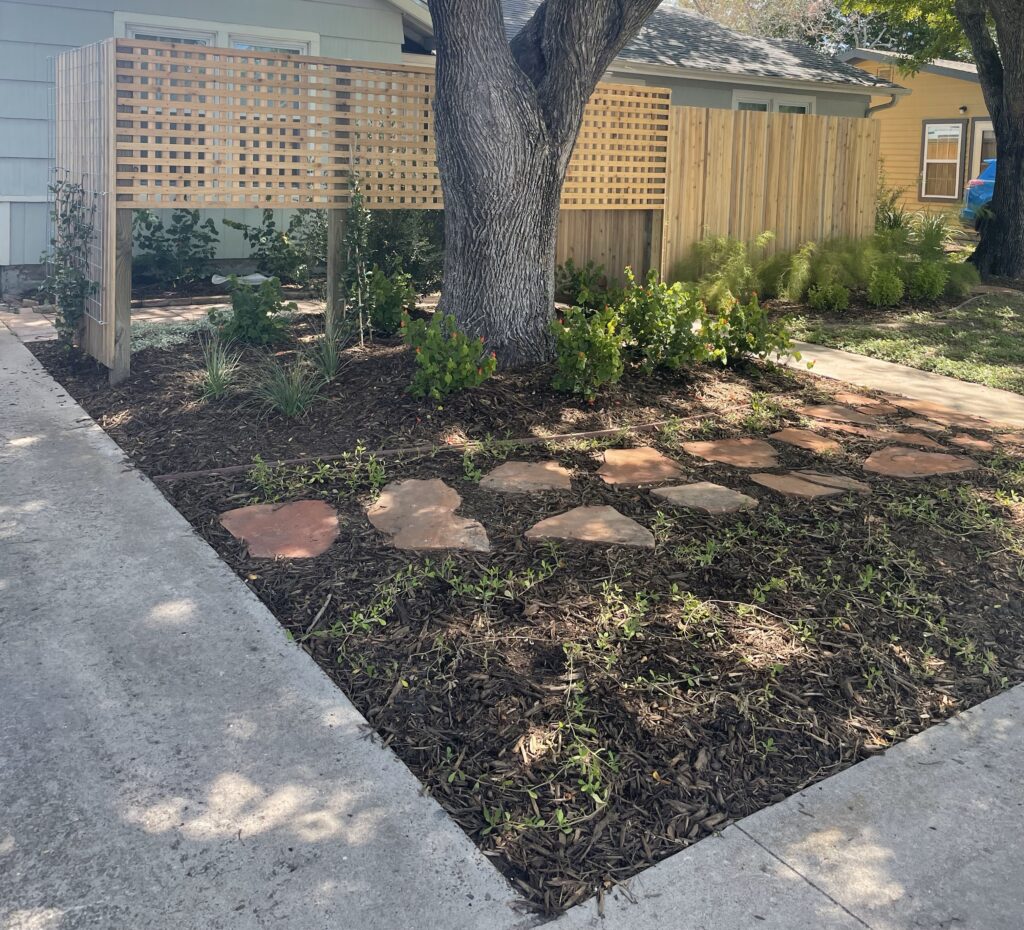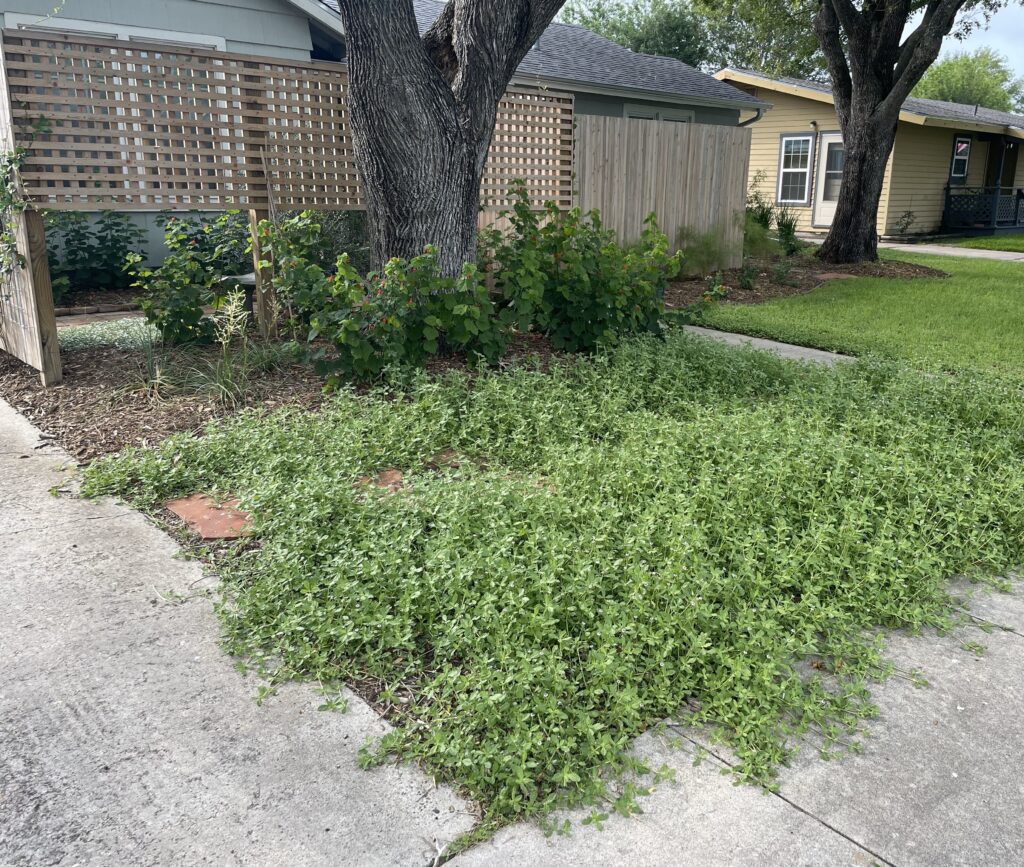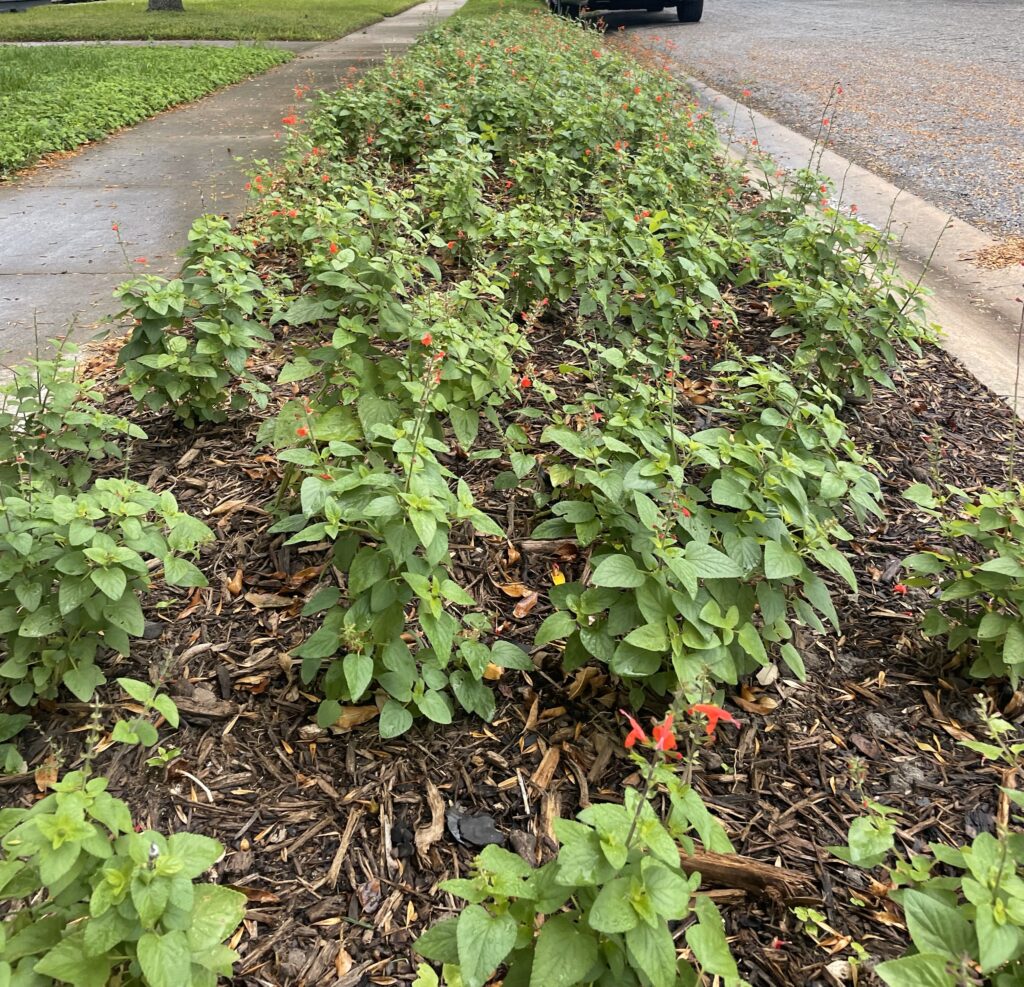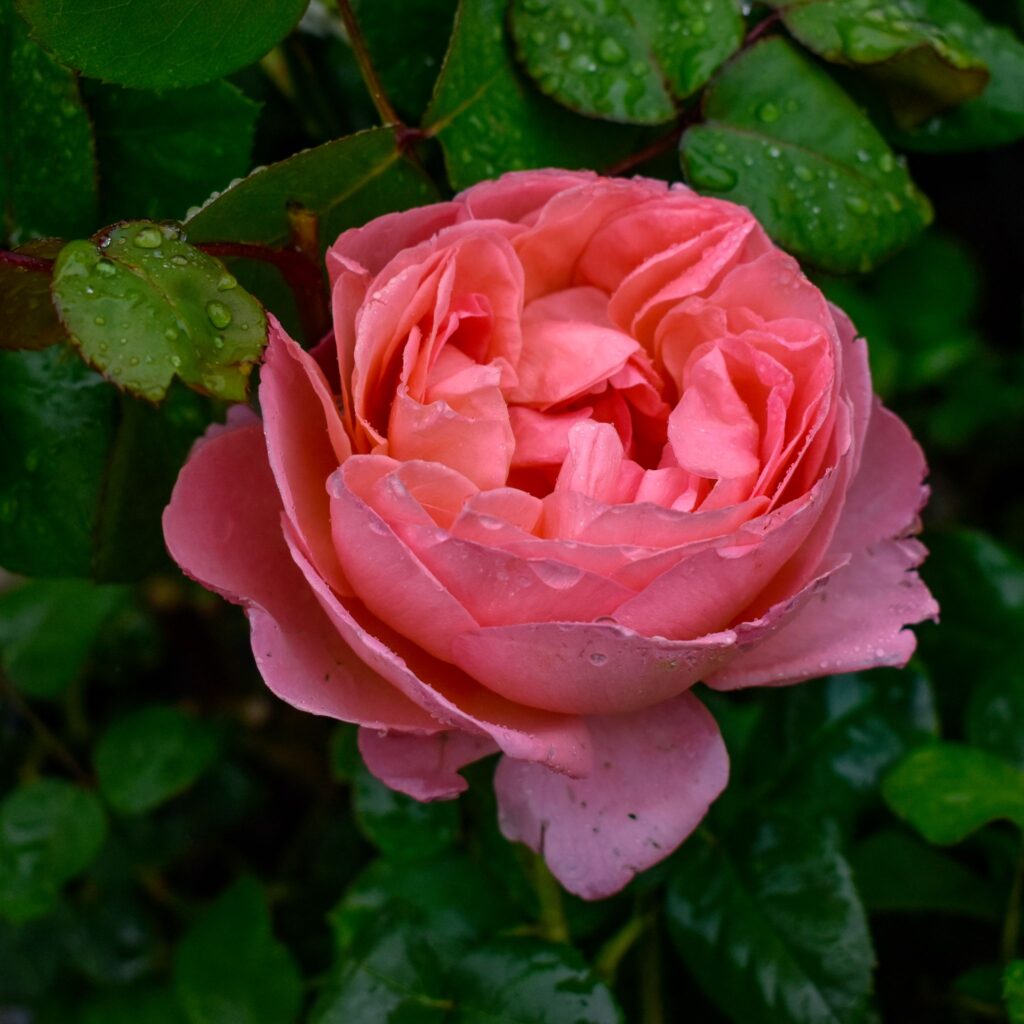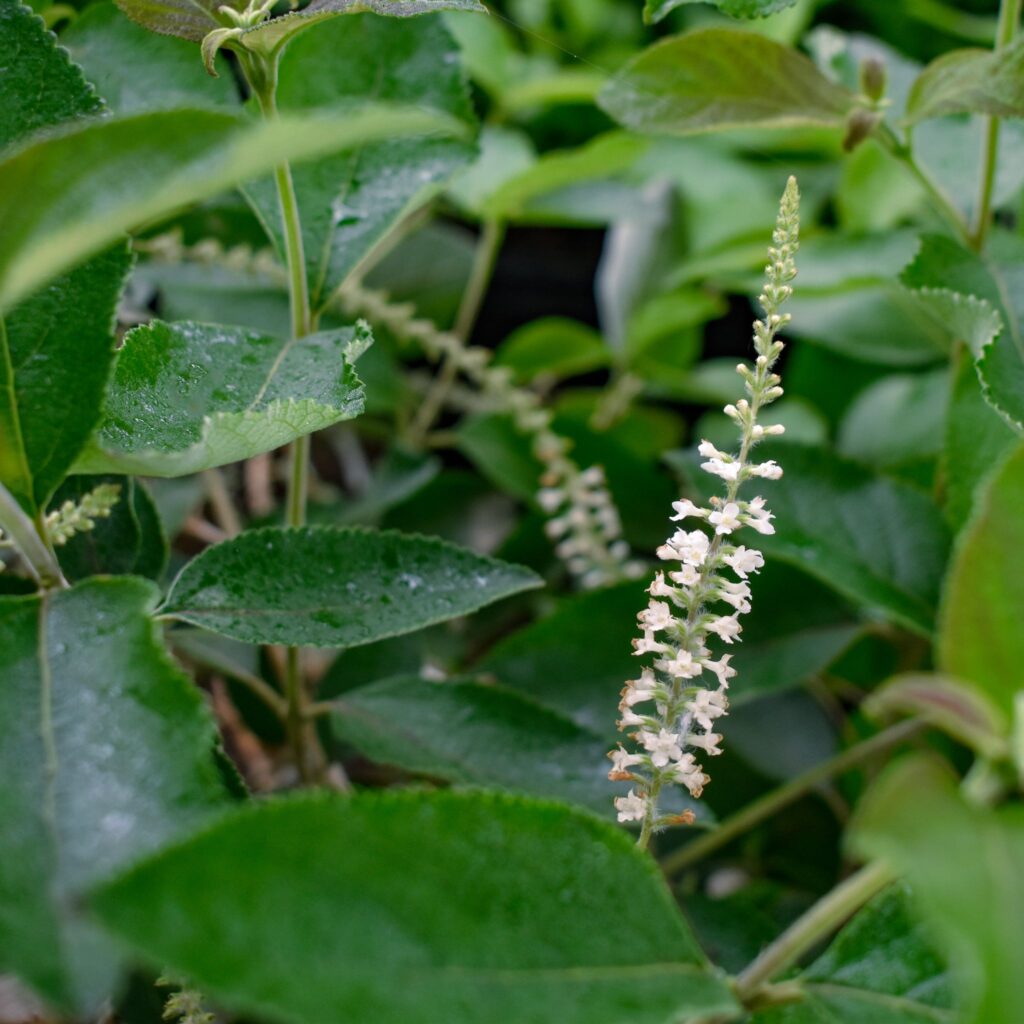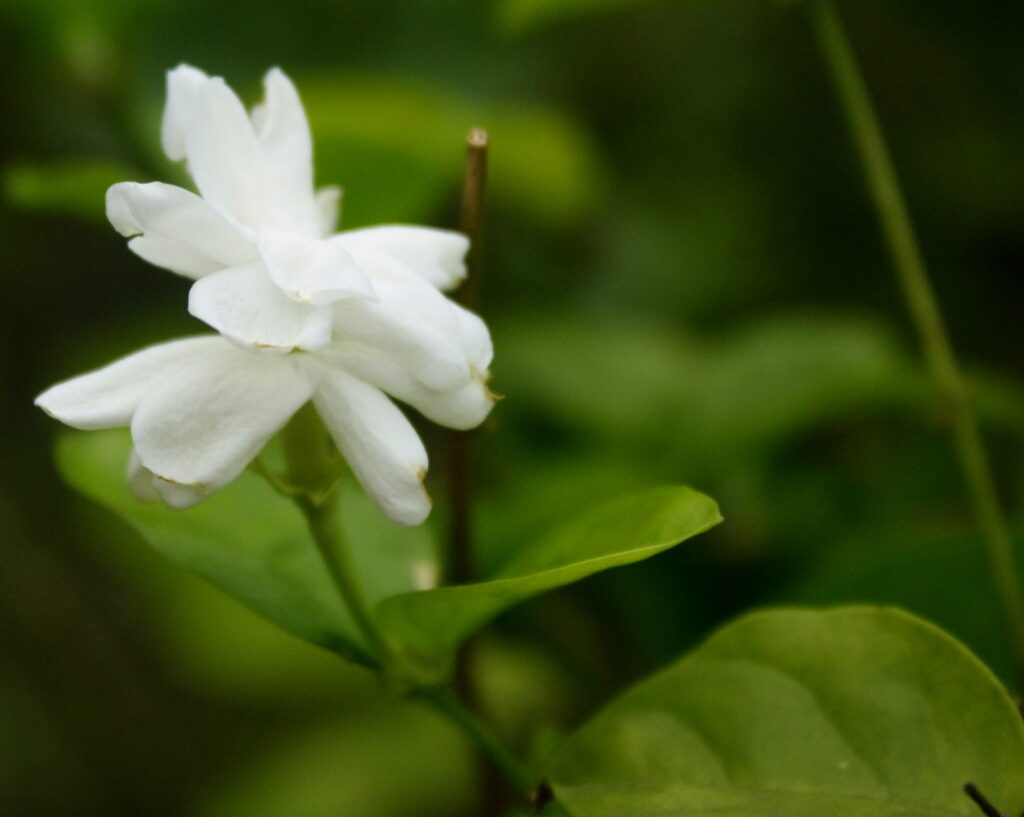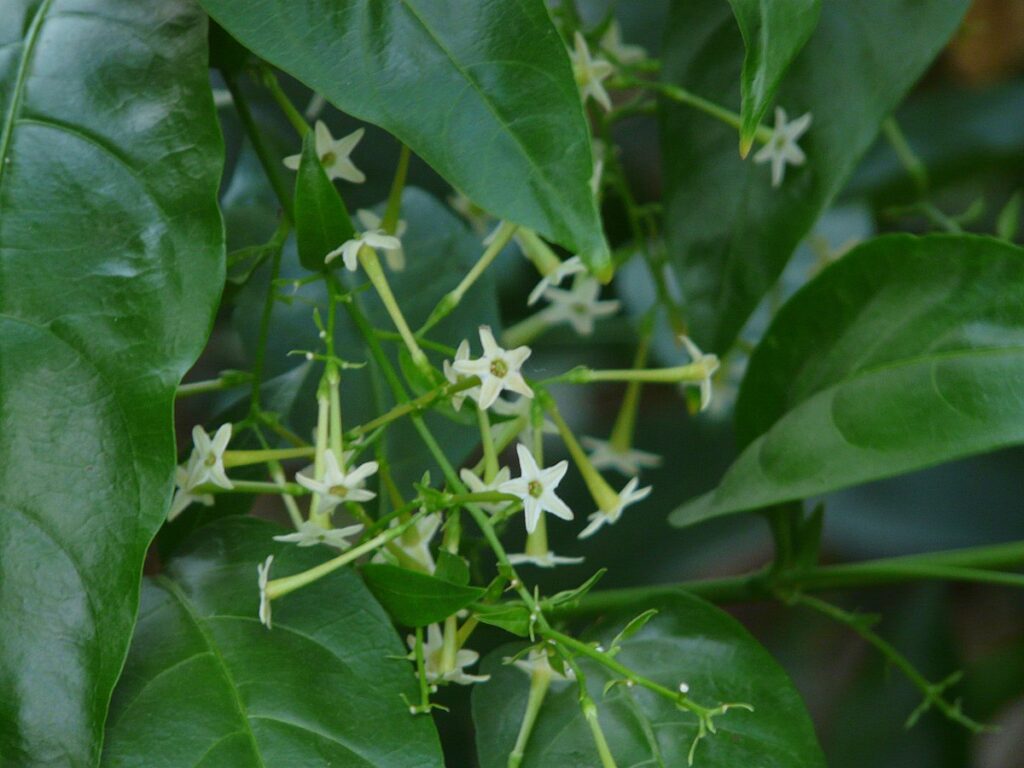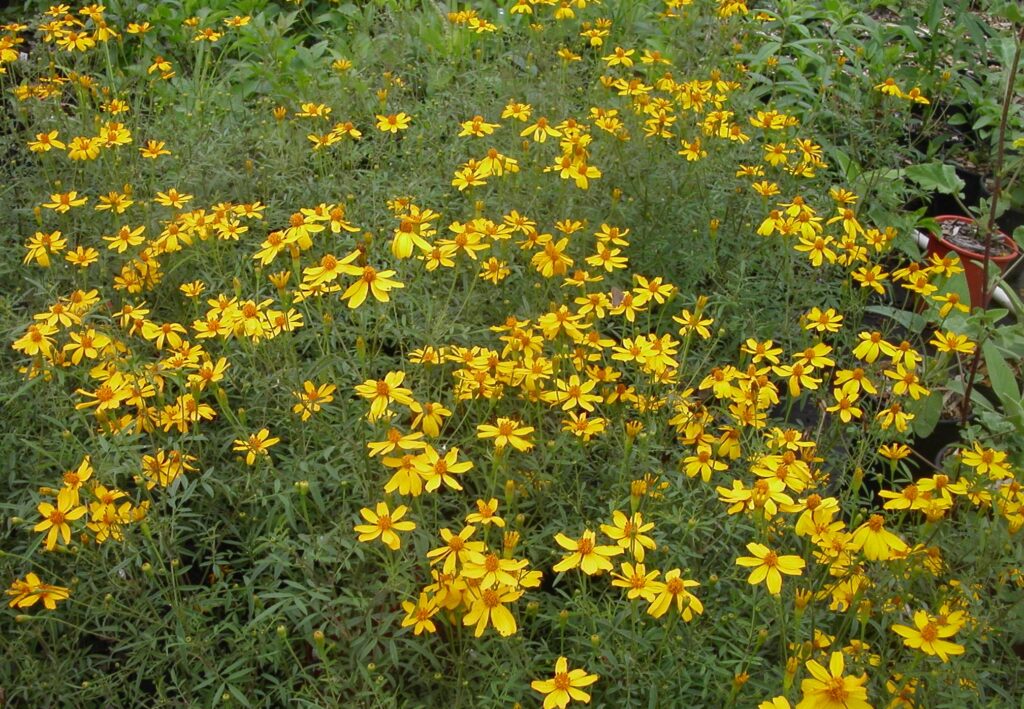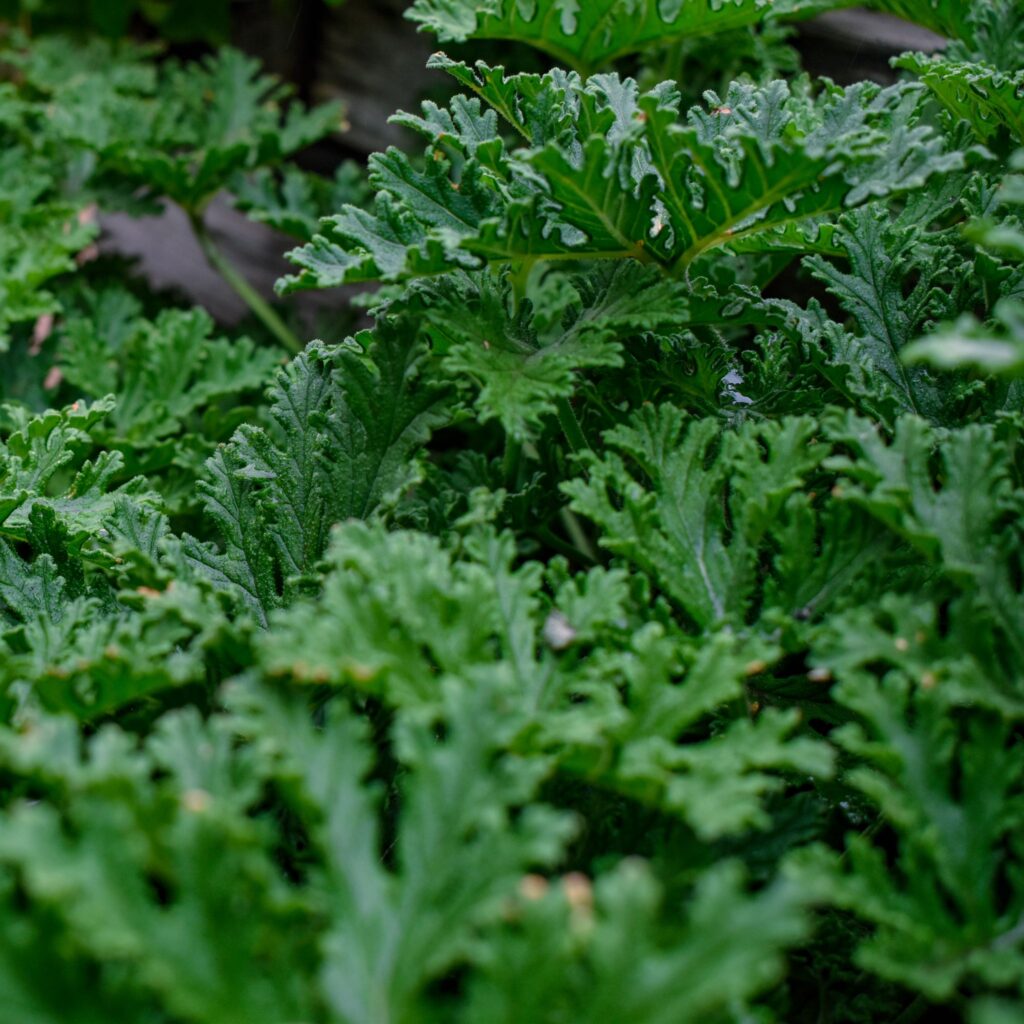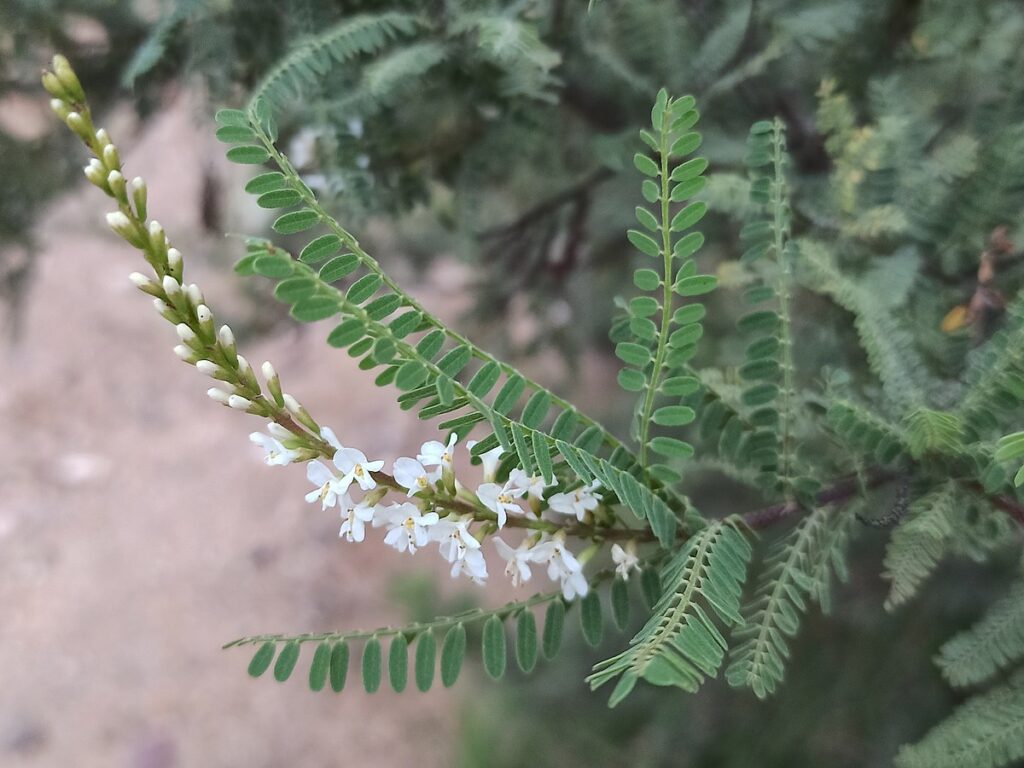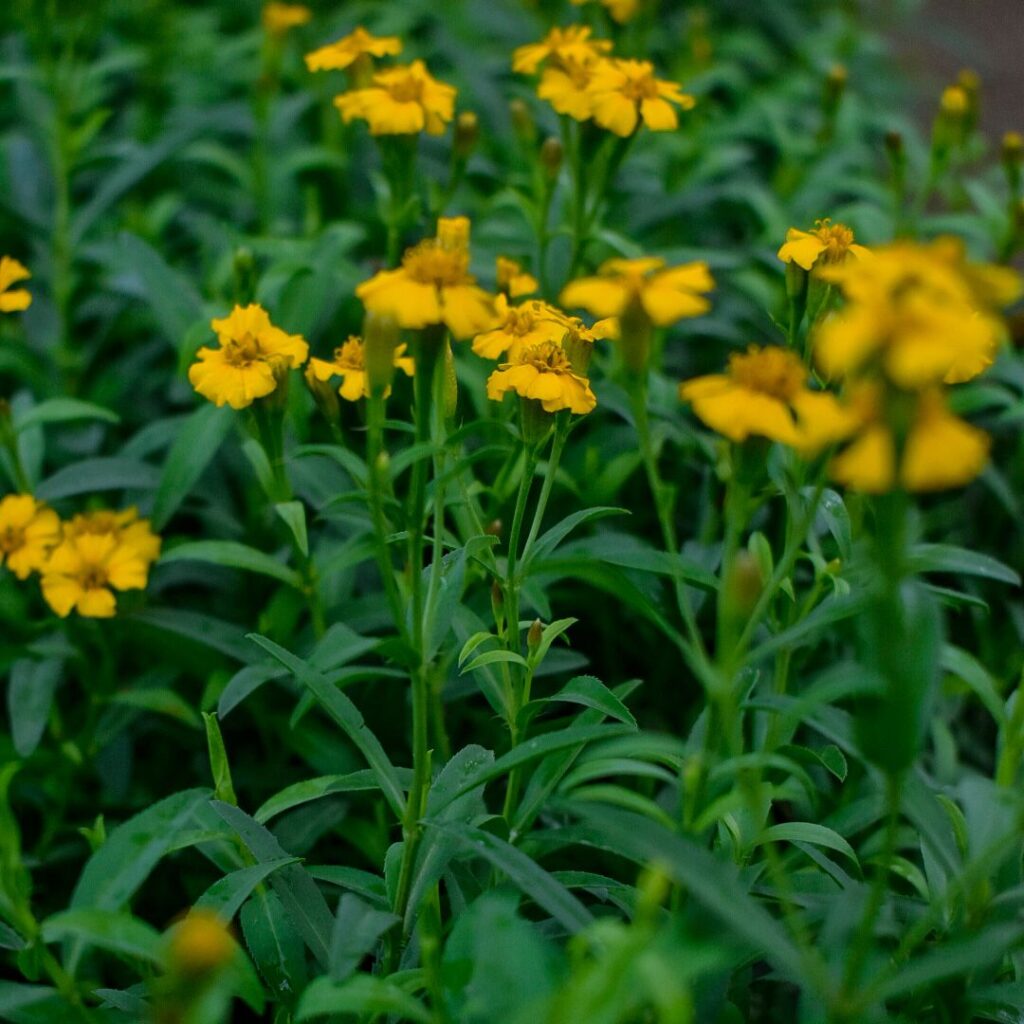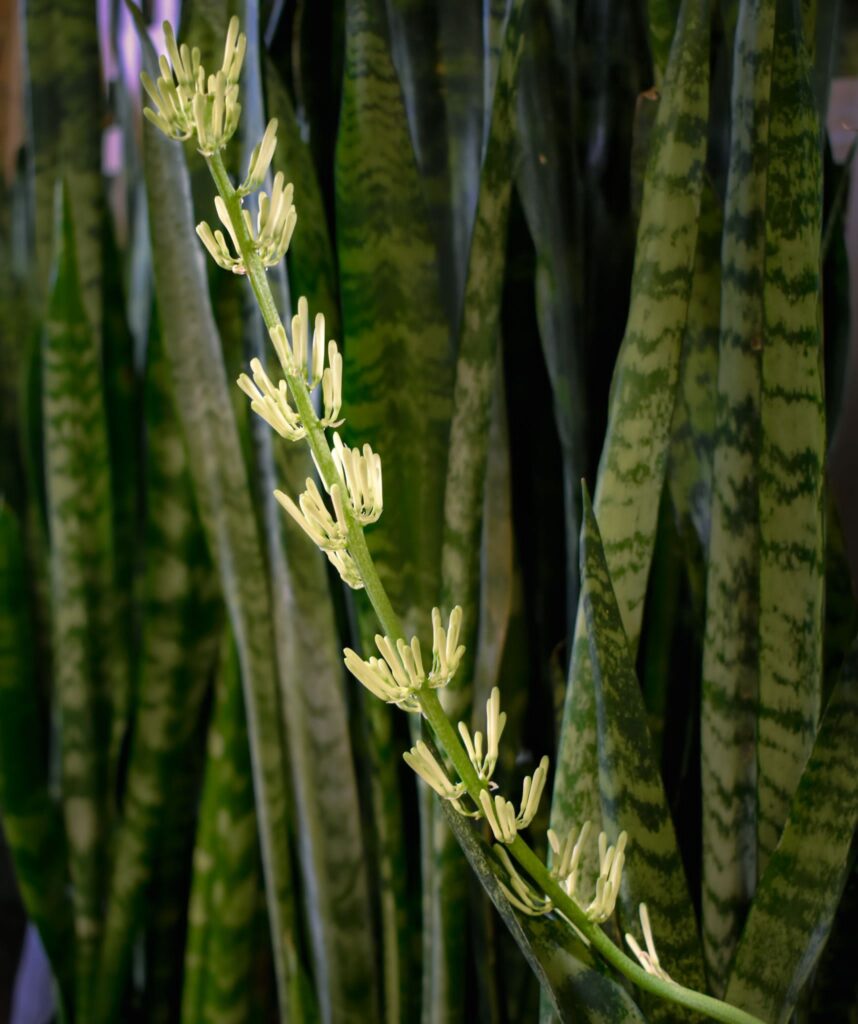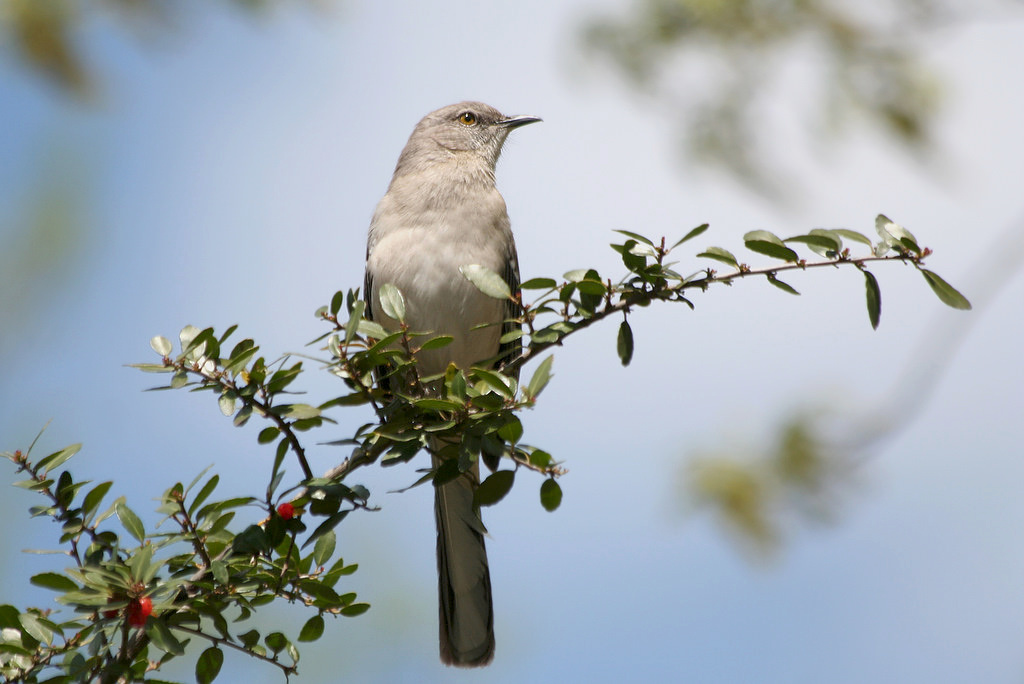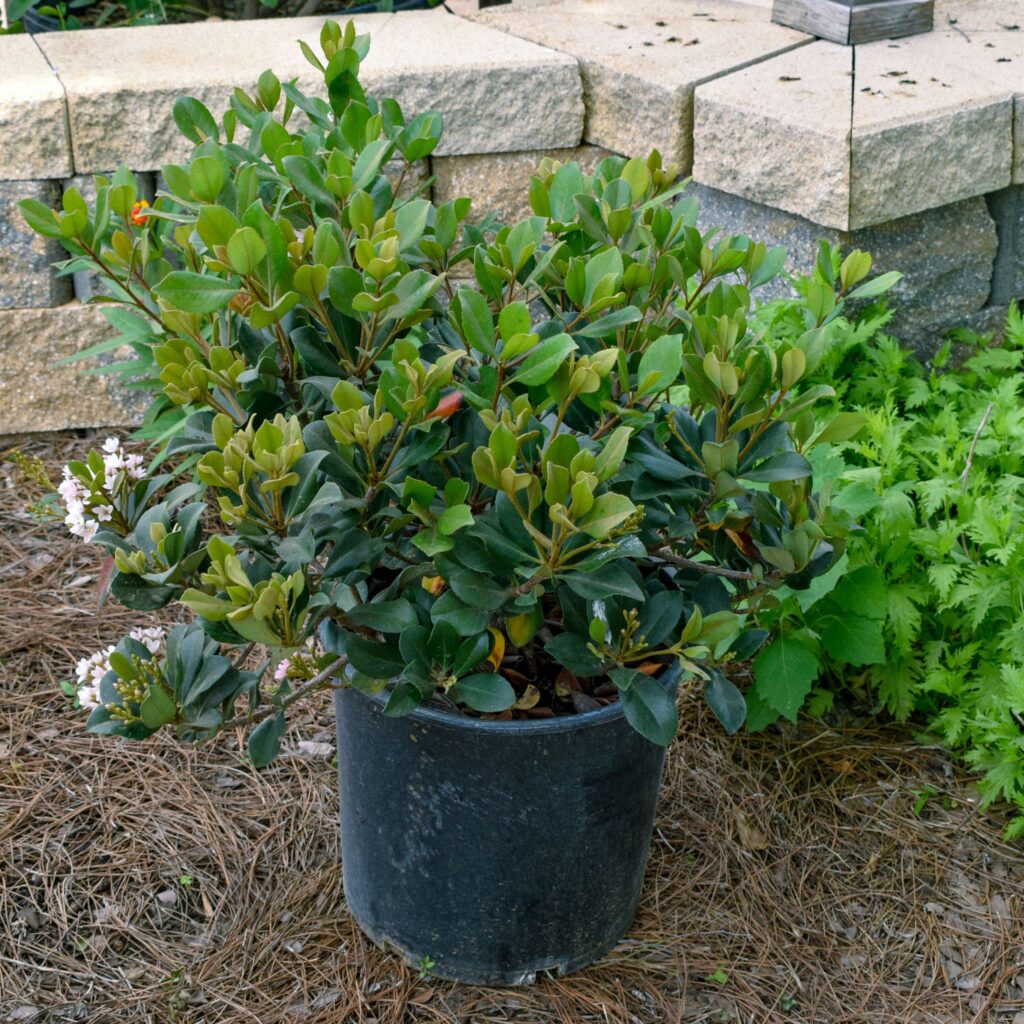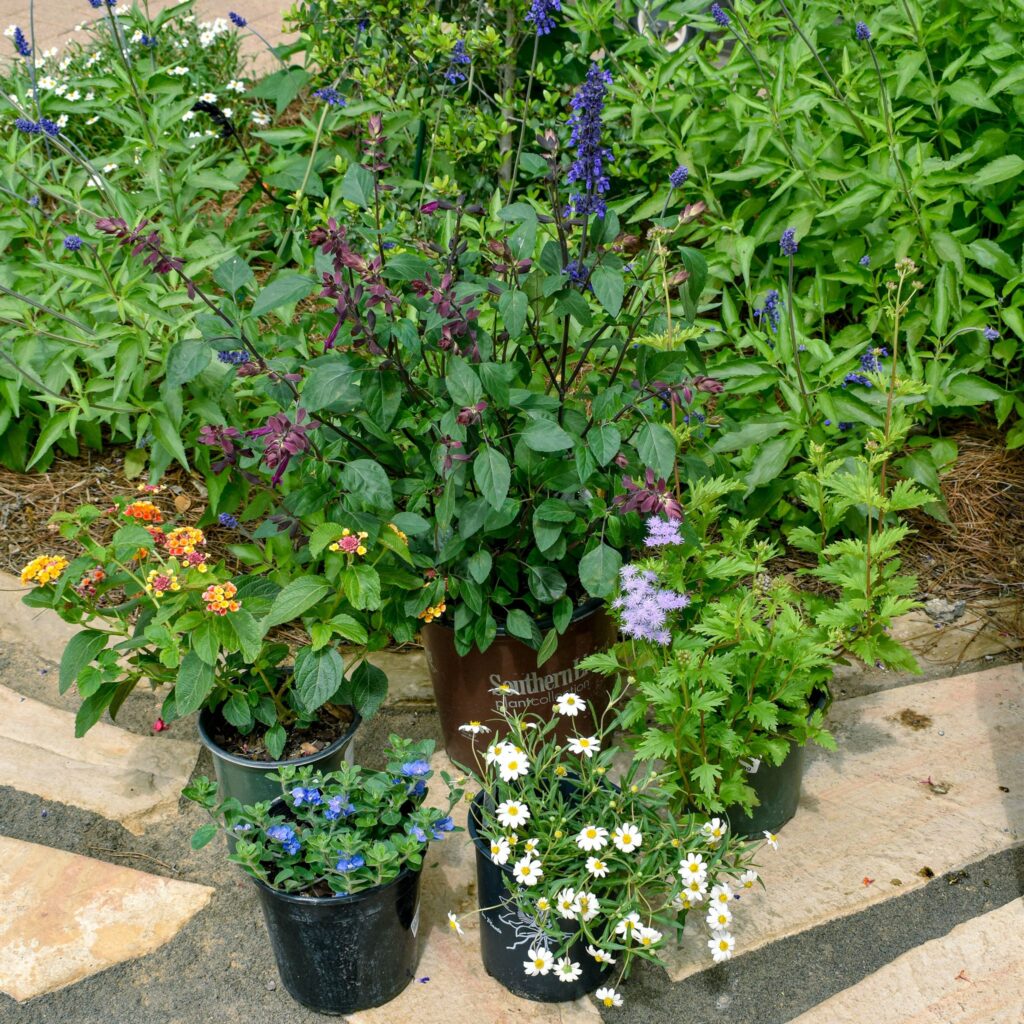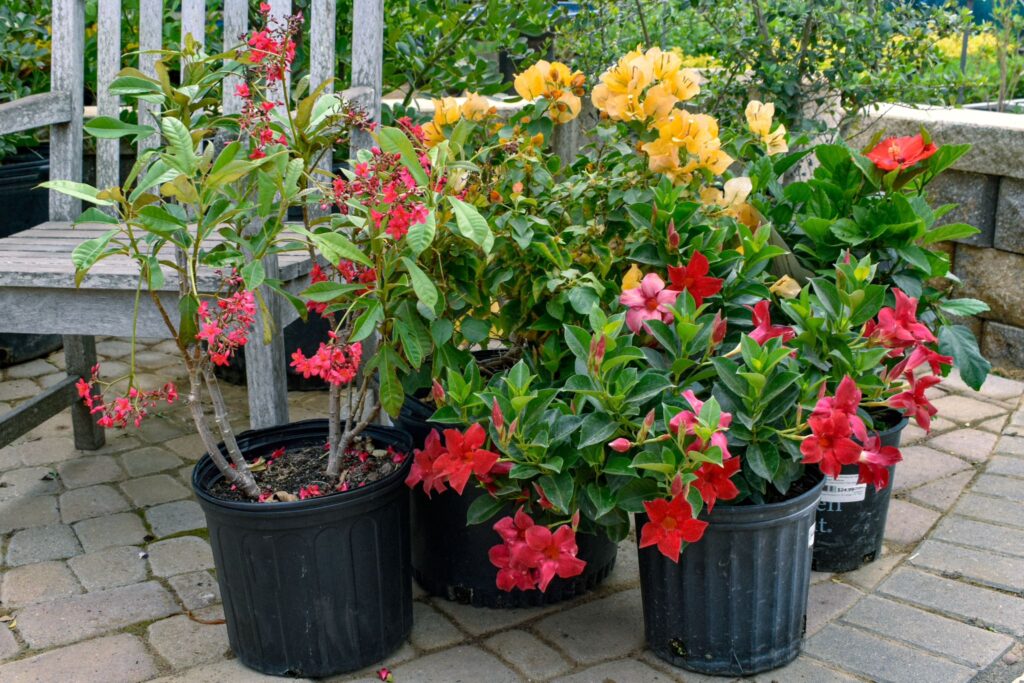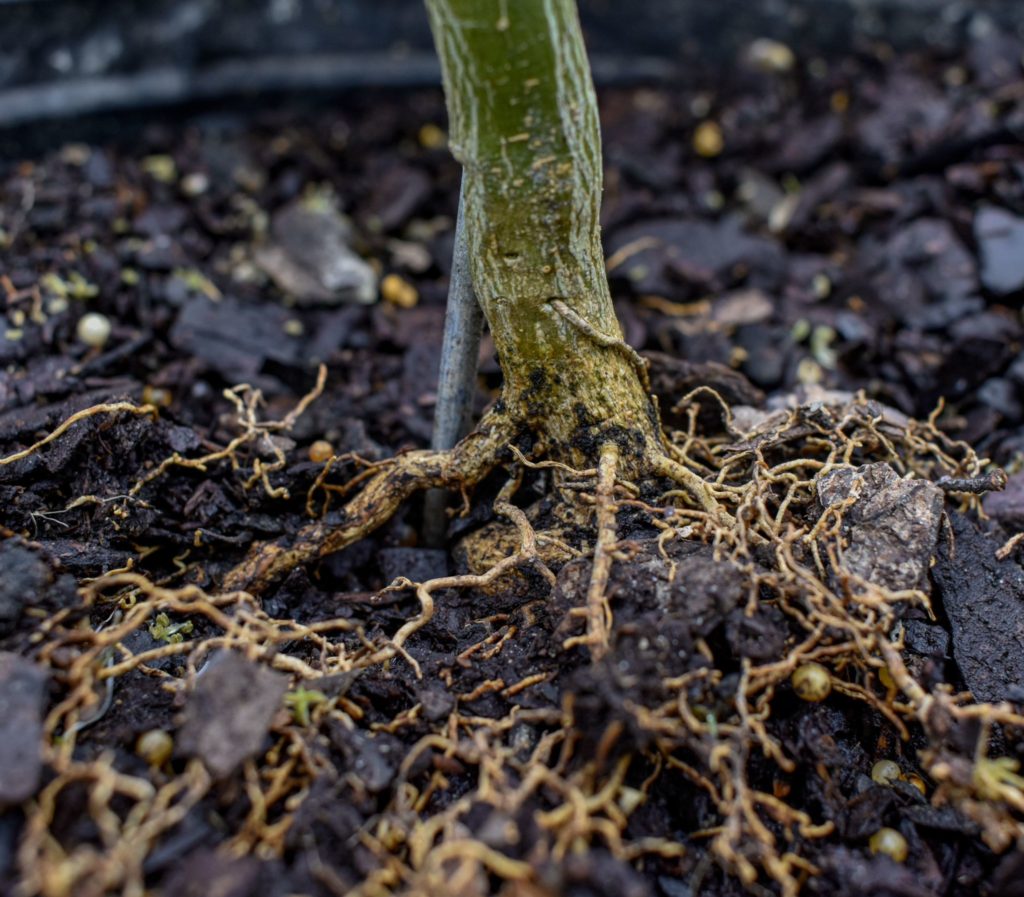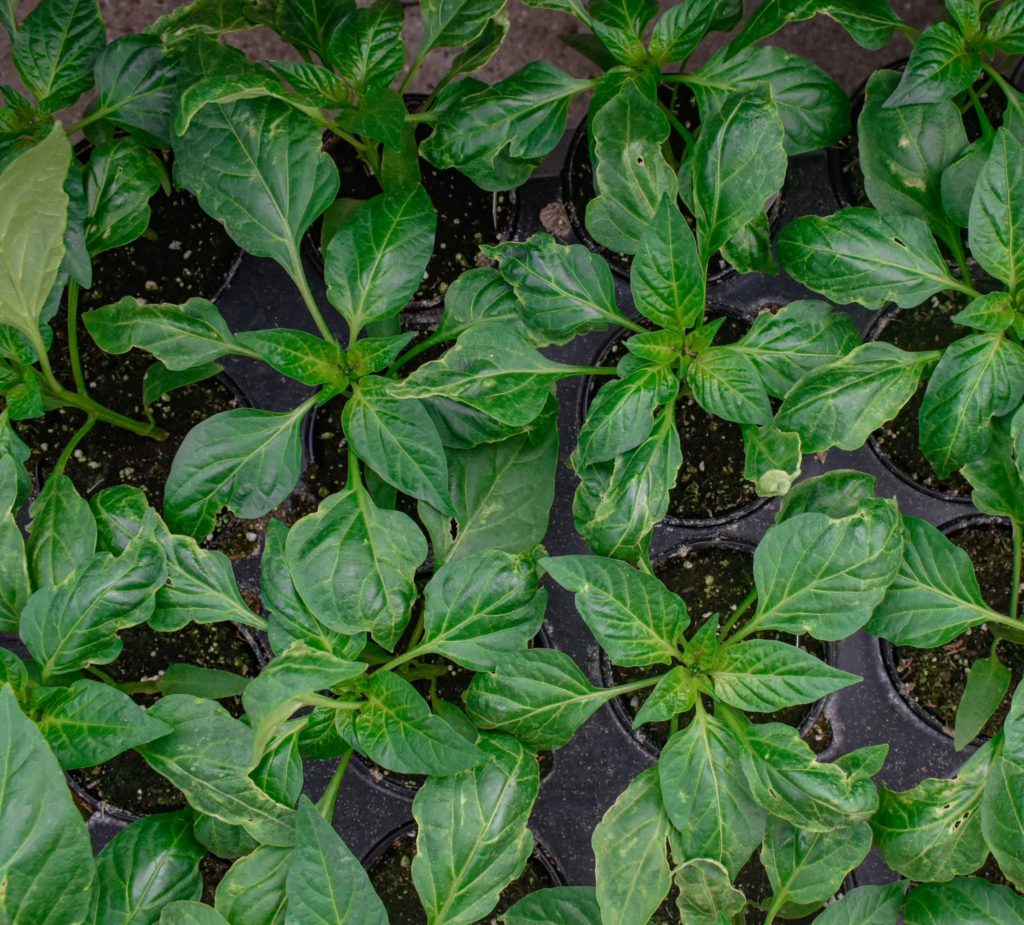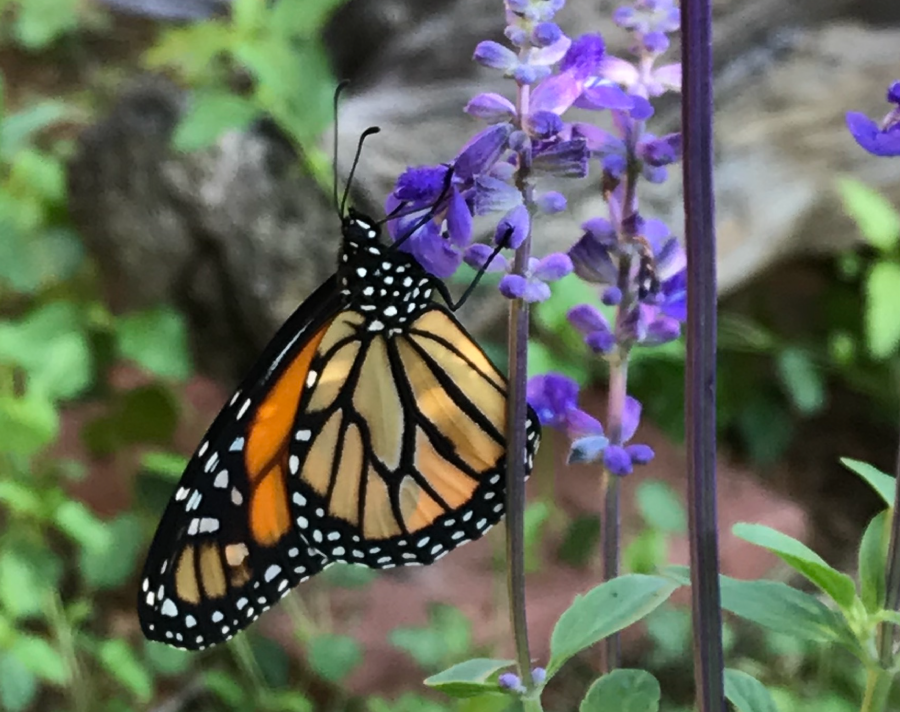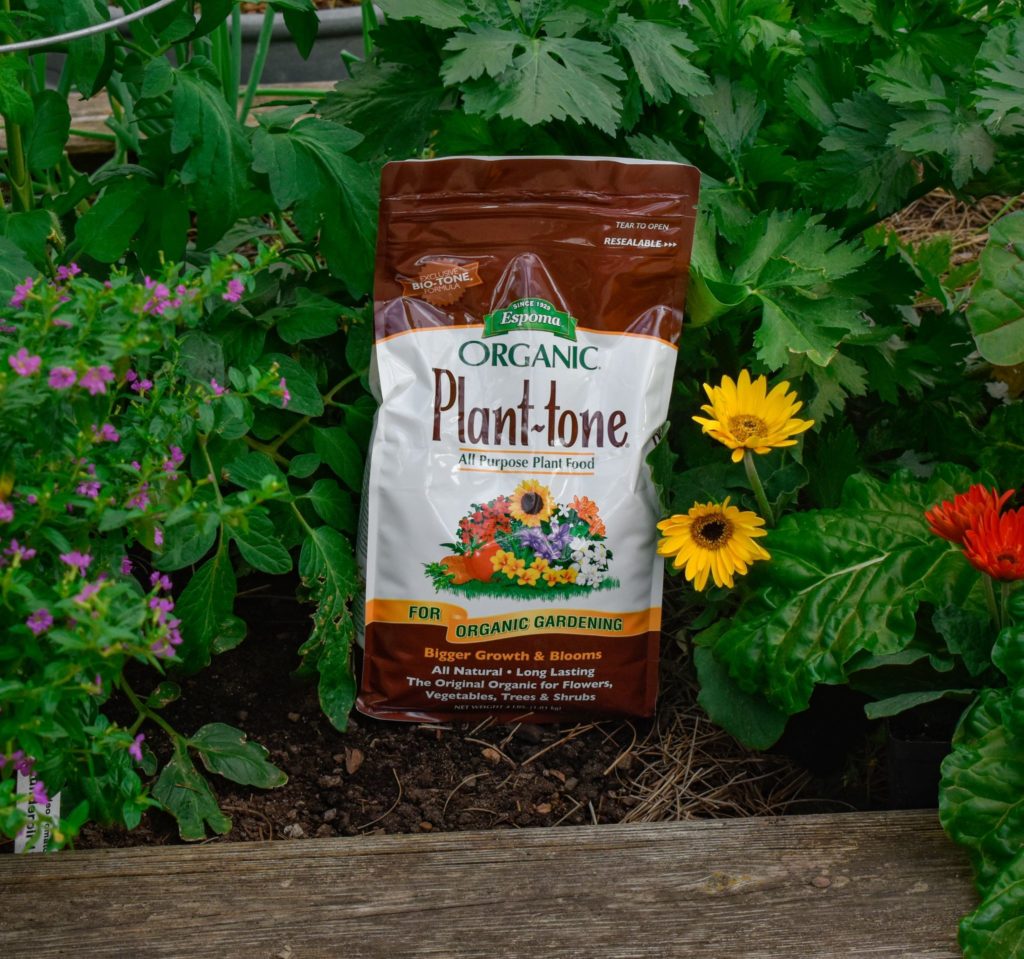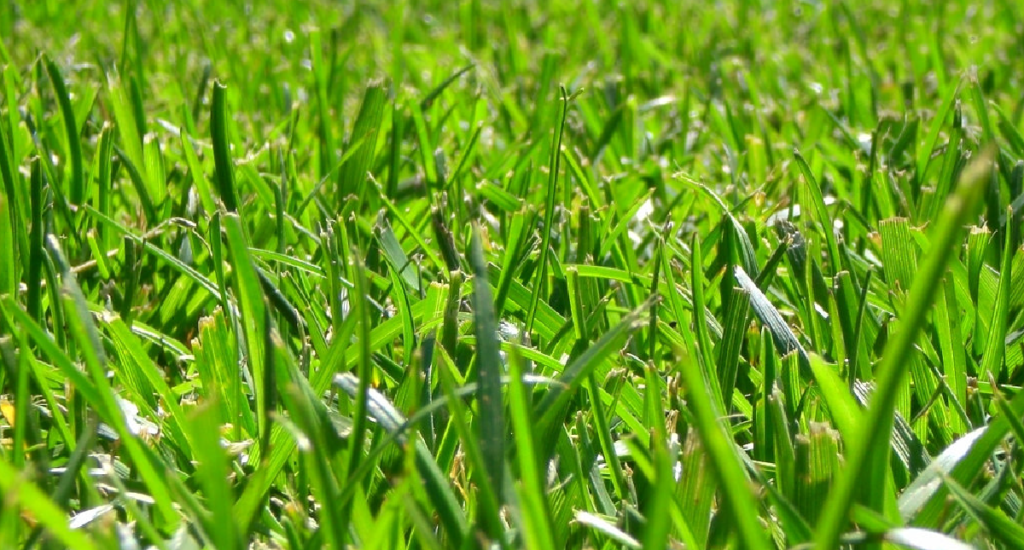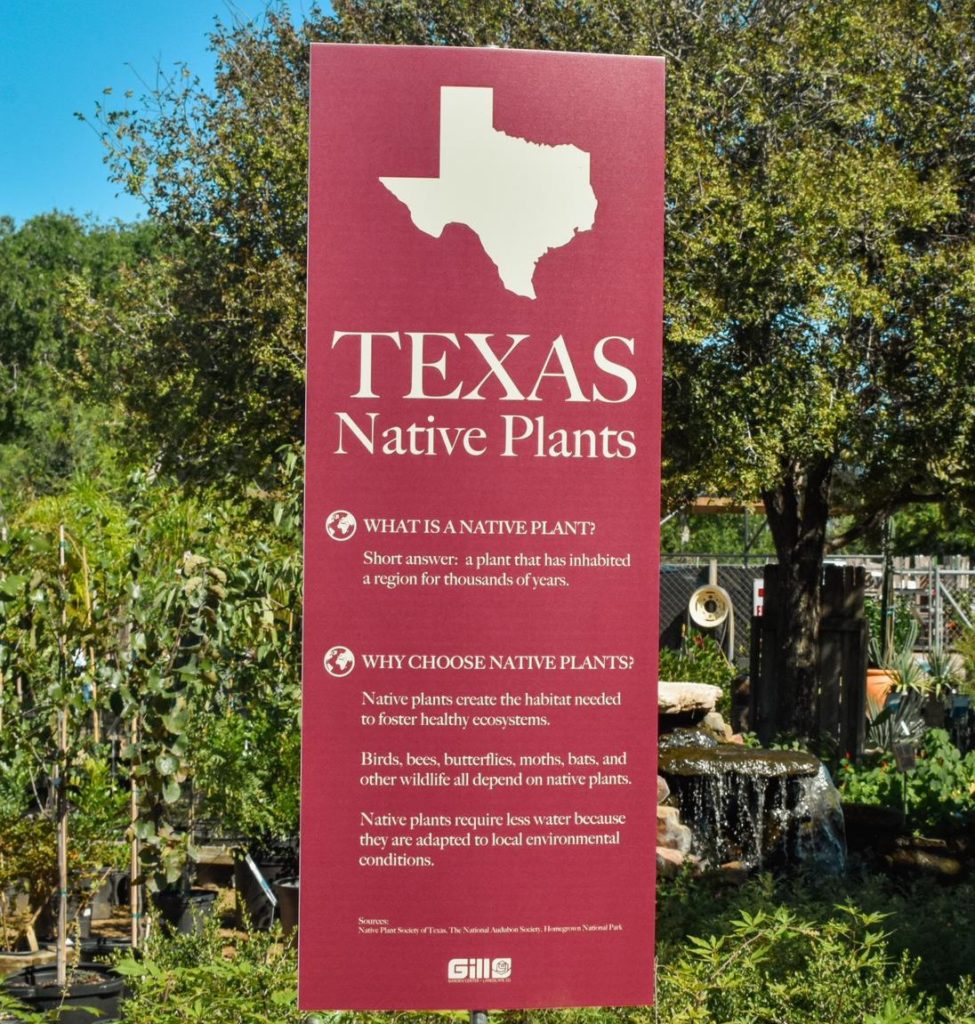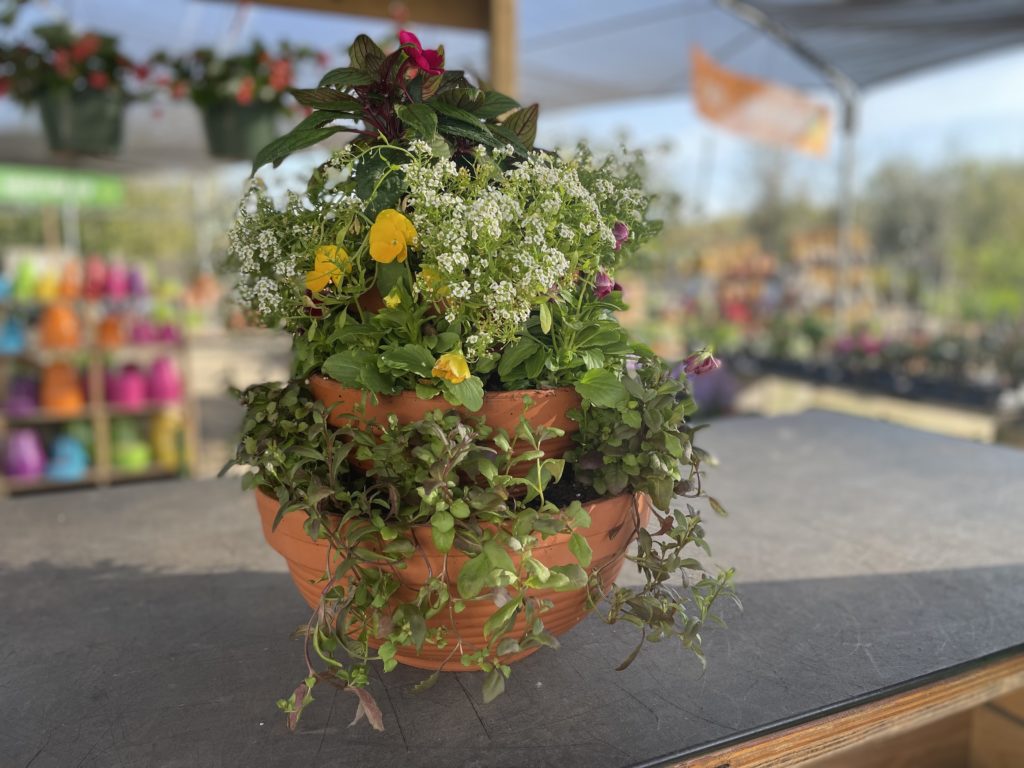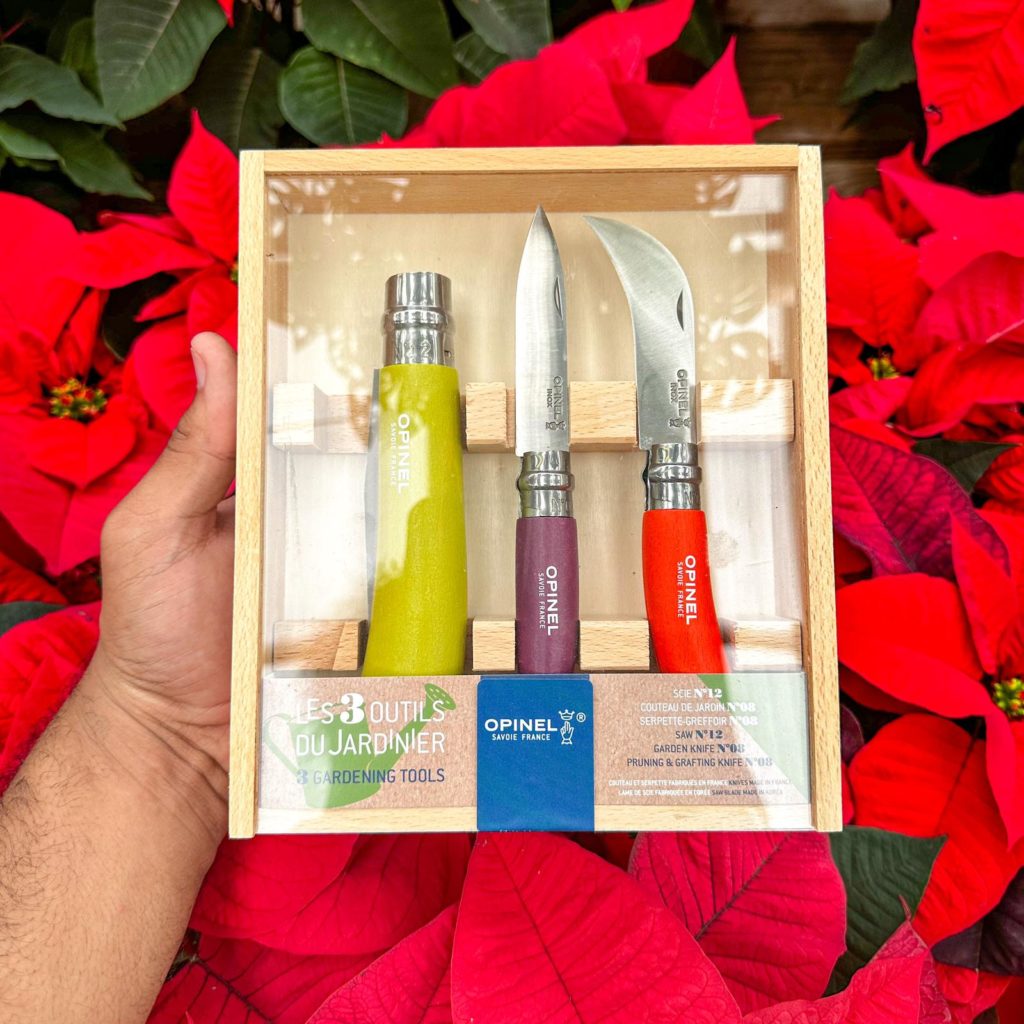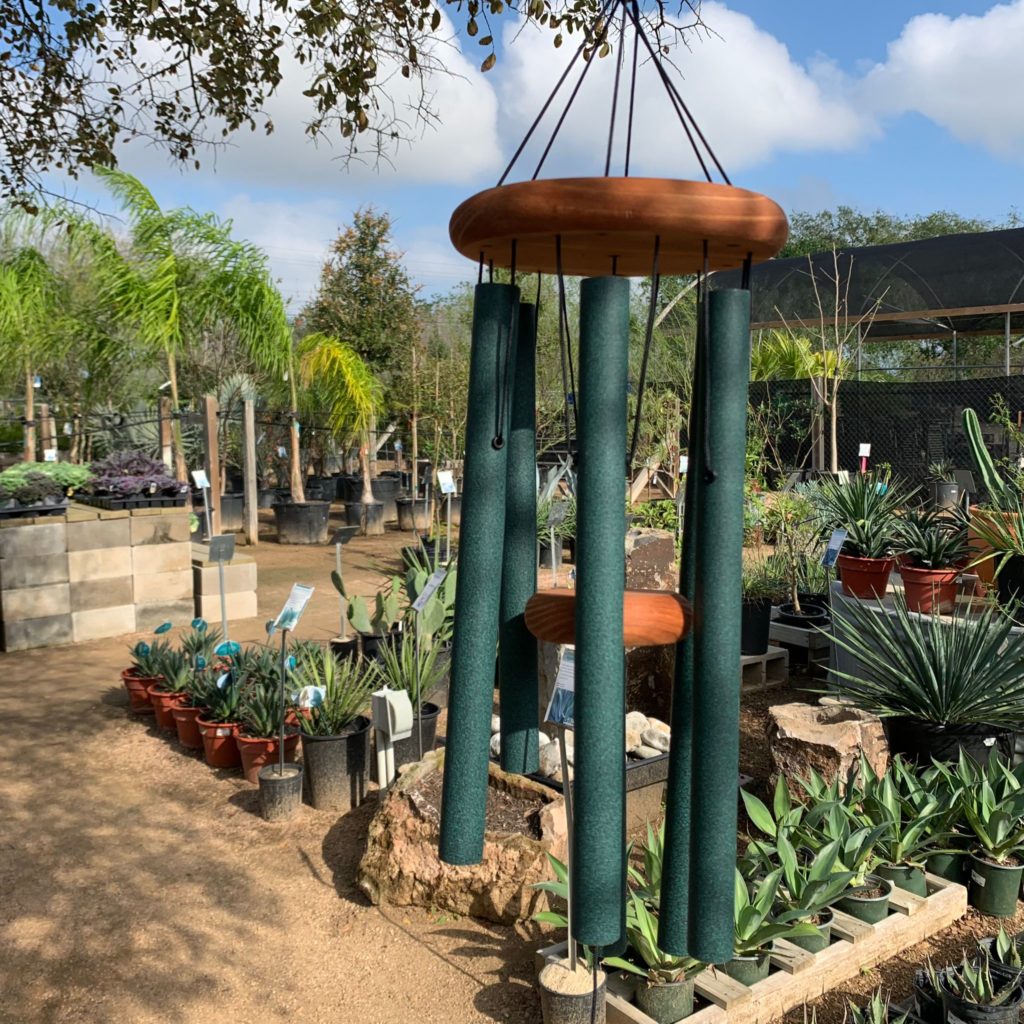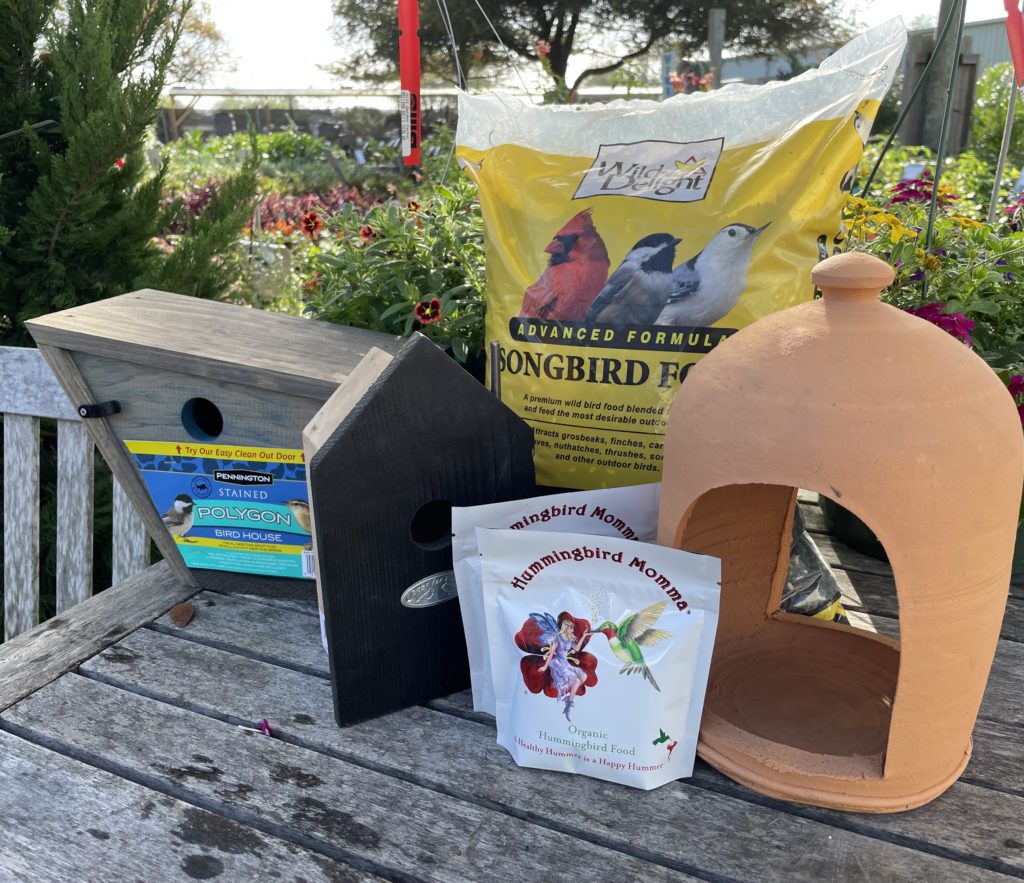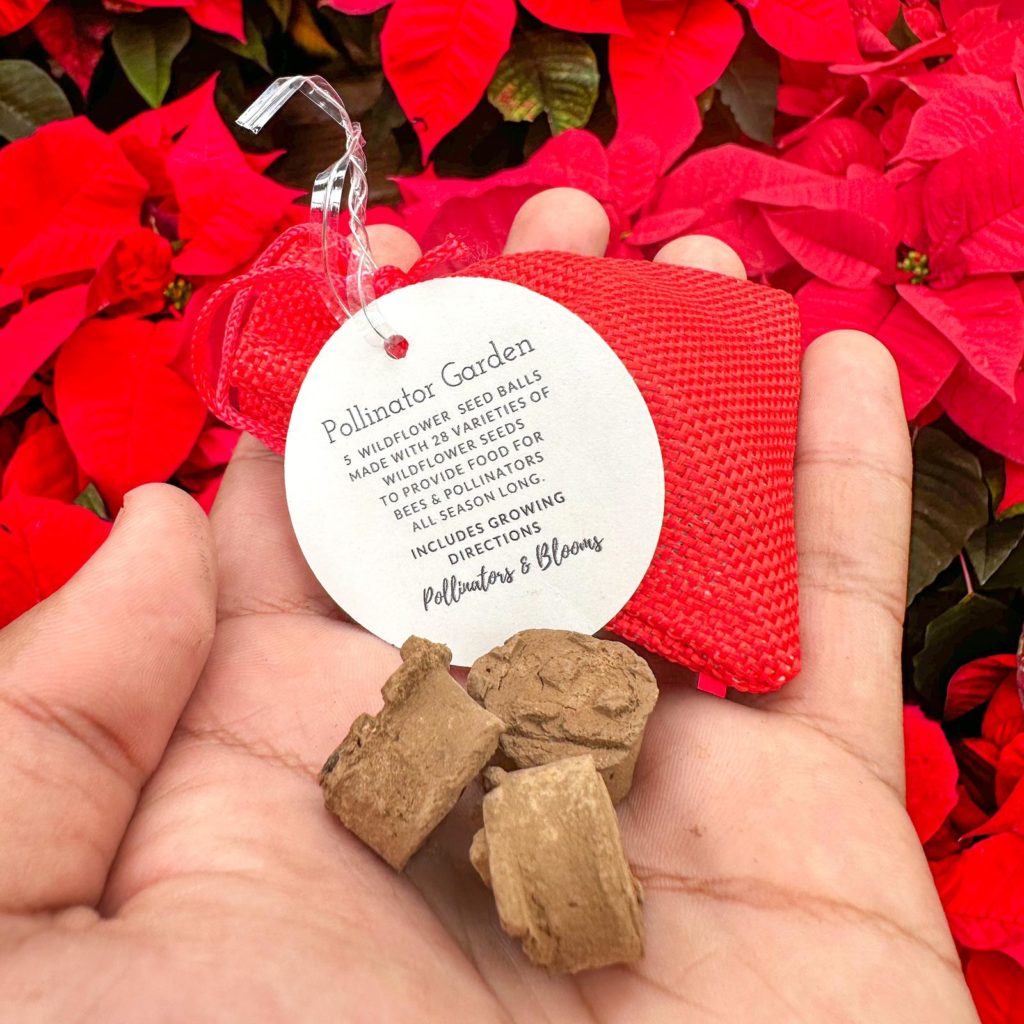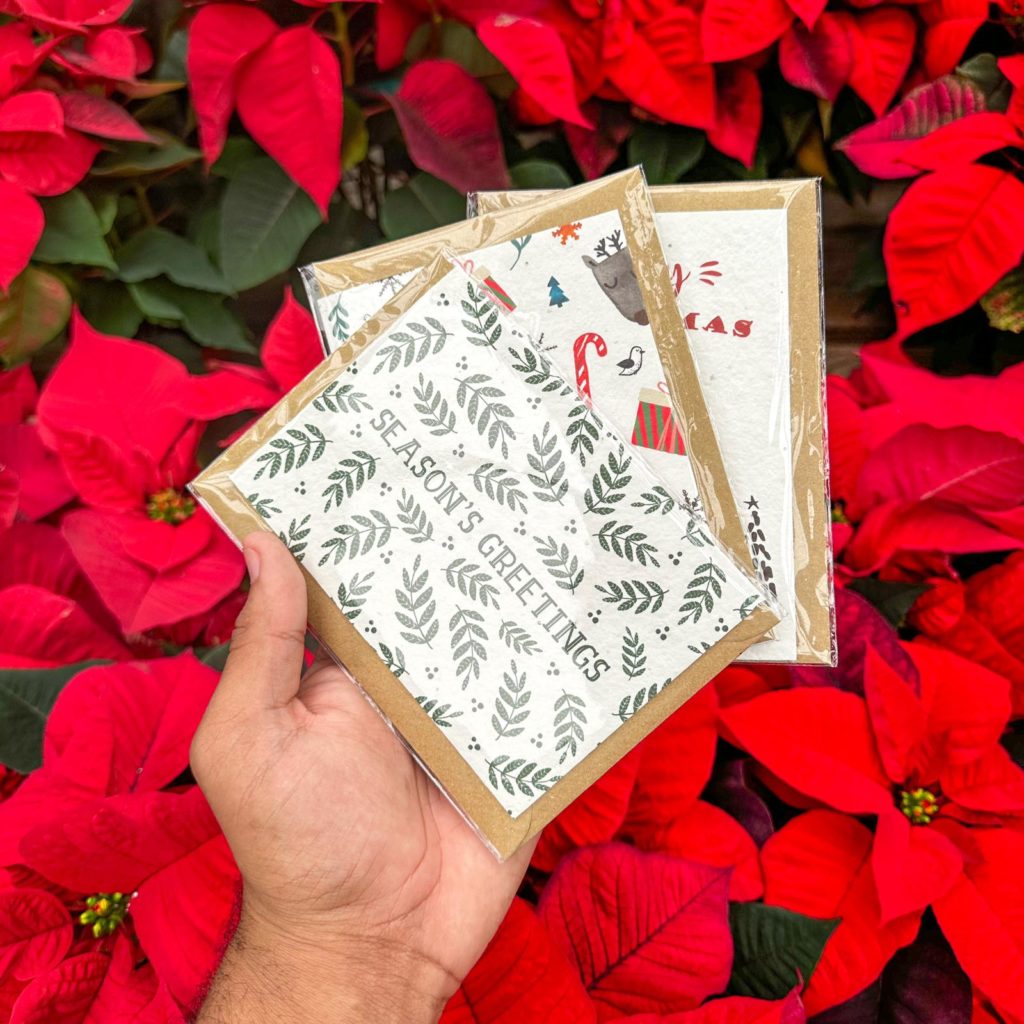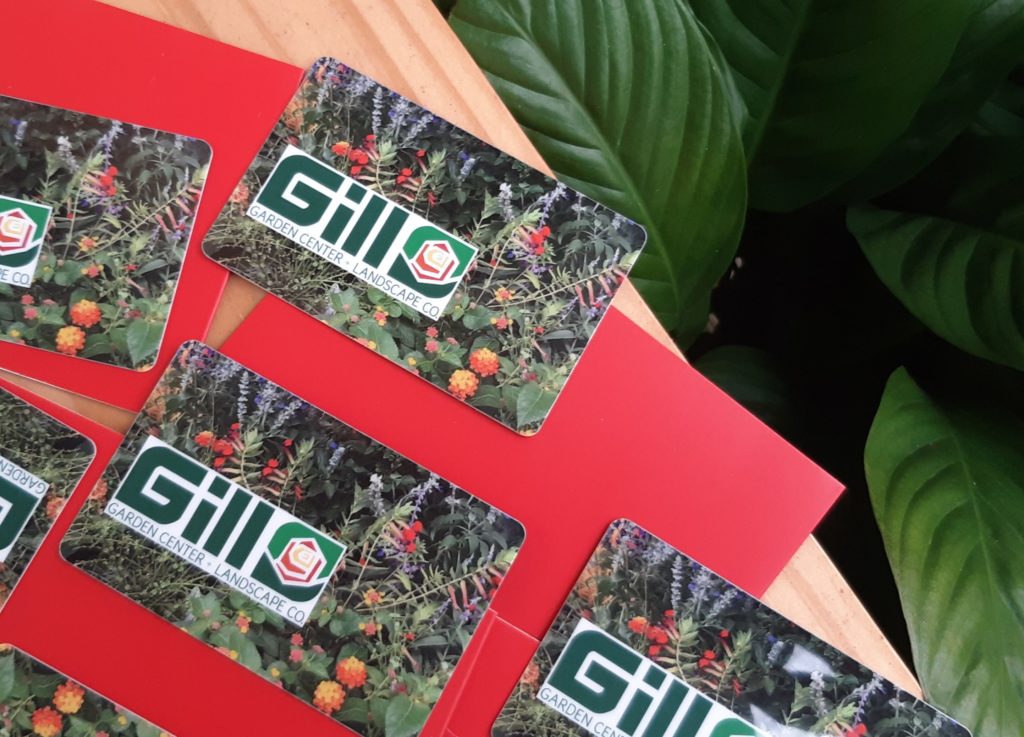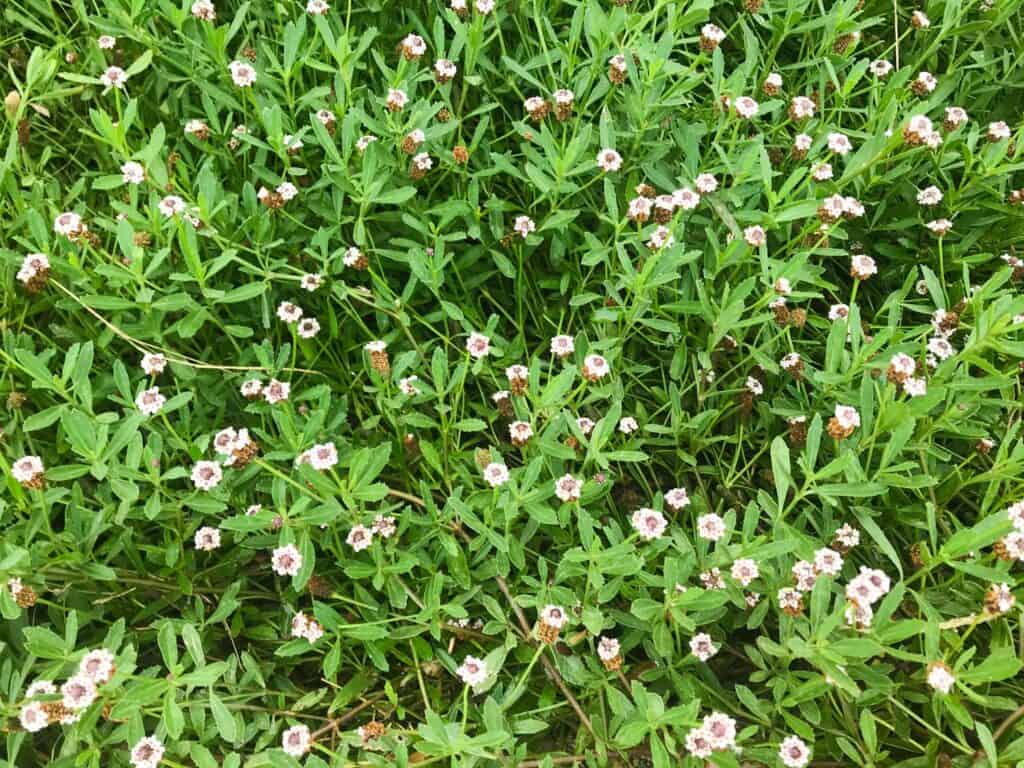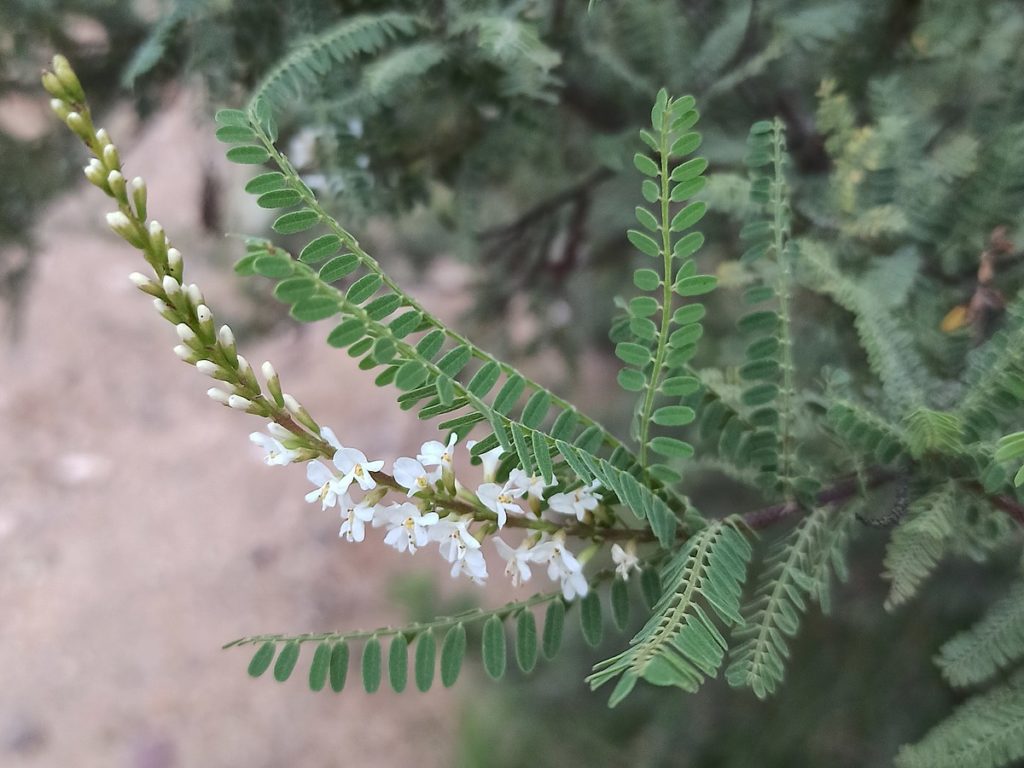May means Mom’s Day, graduations, and more BBQs and family holidays outside! May is also Mental Health Awareness Month. As gardeners, we know growing plants and being outdoors are necessary for our wellbeing…and so much fun! As one of our customers put it recently, “I believe that people who garden are the most hopeful and positive individuals.” Here are our Top 6 Must Do’s this May to keep you and your garden feelin’ good.
1. Join Us for Garden Talks and Events!
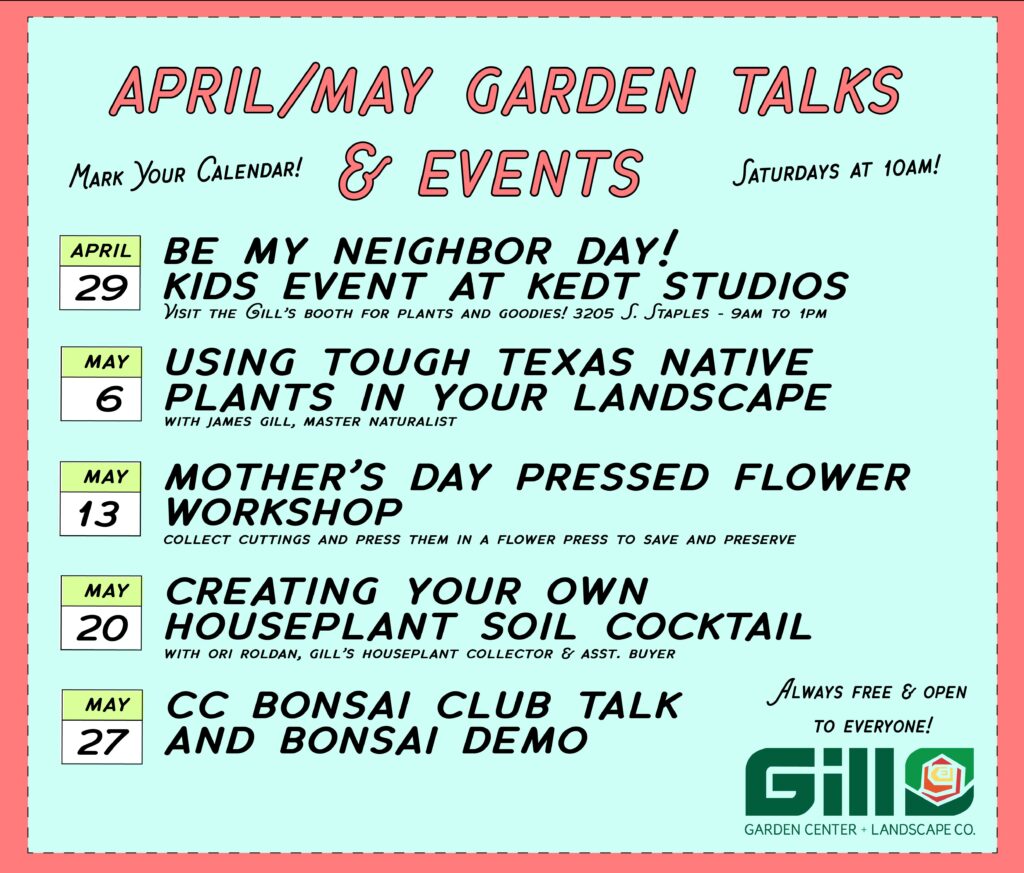
We’ve got a fun May planned here at Gill’s, and we’re kicking it off this Saturday, April 29th, 2023 at Be My Neighbor Day! This is a community event at KEDT Studios at 3205 S. Staples from 9am-1pm. Gill’s will have a booth with seeds, plants, and goodies for kids who attend. Then every Saturday in May, we’re hosting garden talks and events here at Gill’s. Sure to be lots of fun and lots to learn and discuss! Stay tuned for more info!
2. Plant Blooming Perennials and Trees
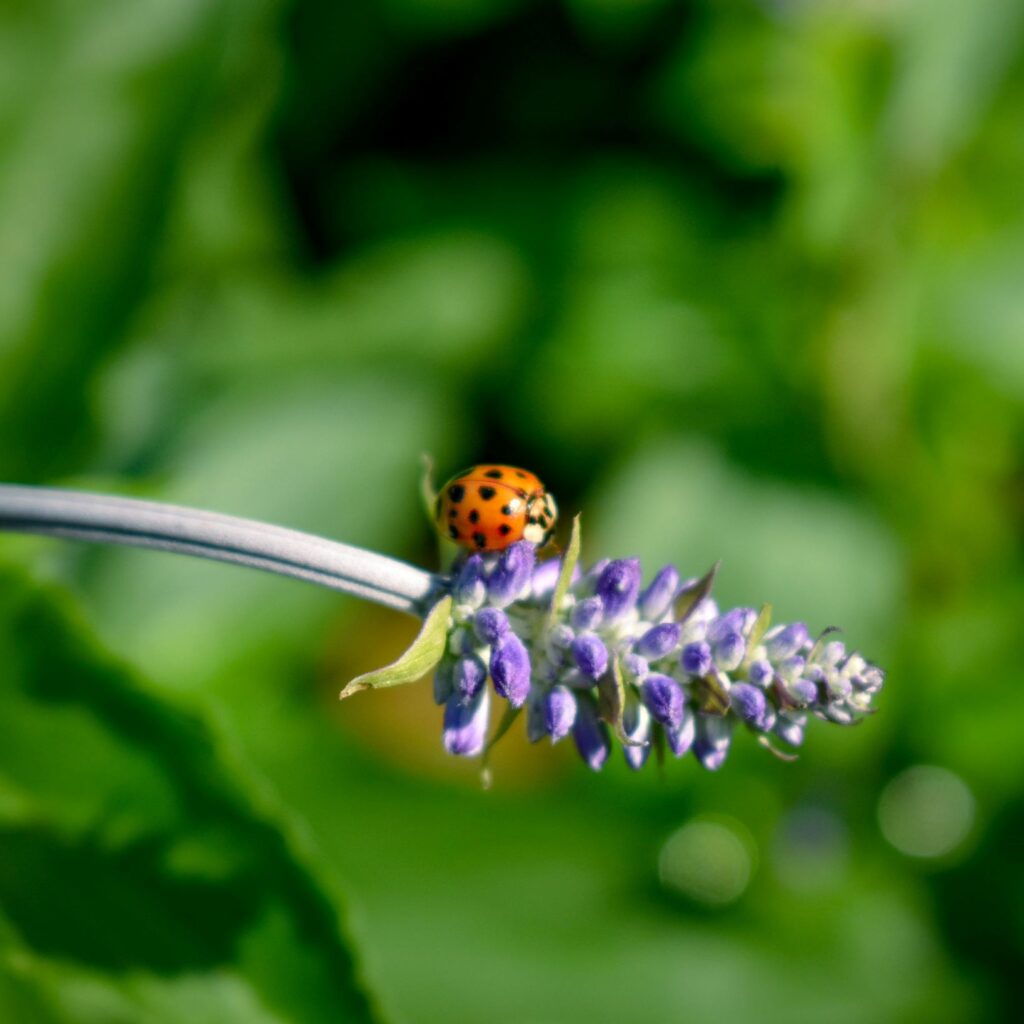
It’s still time to plant lots of different blooming perennials and blooming trees. Get them established now so they are better adapted to withstand warmer temps this Summer. Staples like Esperanza, many varieties of Salvia, Jatropha, Lantana, and more are all blooming beautifully right now. And blooming trees like Crape Myrtles, Vitex, Retama, and Wild Olive are looking great right now too. Added bonus: these blooming perennials and trees attract lots of butterflies and hummingbirds!
3. Plant and Harvest Veggies

Warm weather veggie time! Plant peppers, zucchini, squash, and okra this month for continued harvesting into the Summer months. If you planted tomatoes, cucumbers, and other early Spring veggies, you’ll be harvesting now or soon. Be sure to harvest often! It keeps birds & insects from finding them first. If you do have insect issues in your veggie garden, our go-to organic control is Spinosad – safe for food but takes care of bugs. Recent rains have been great for veggie gardens. Remember to keep watering as the weather warms up and dries out to maintain depth moisture. Soaker hoses are great to snake around your plants keeping water close to the ground and root systems.
4. Tend Your Lawn

In Spring and Summer, water your lawn once a week unless we have rain. Invest in a sprinkler that’ll do the work – we have them. Hand watering the lawn may feel therapeutic, but you won’t get good coverage and depth. Once a week, nice and deep for a healthy lawn.
When mowing, the proper height for St. Augustine lawns is around 3 inches. For Bermuda lawns, keep mowed to around 2-2.5 inches.
Feed with Natural Fertilizers: Medina Growin Green or Milorganite. These feed the lawn and the soil with great results. Water in to get them started.
Watch for lawn insects & treat when needed. Grub worms & chinch bugs are easy to control when caught early but there’s no need to treat unless you have them. Bayer Season-long Grub Control will do the trick for grubs. Cyonara takes care of chinch bugs. Reminder, you can bring us a grass sample any time you suspect a lawn disease or pest. We’ll diagnose (using our microscope if needed) and get you what you need to knock it out.
5. Set Your Mosquito Traps!
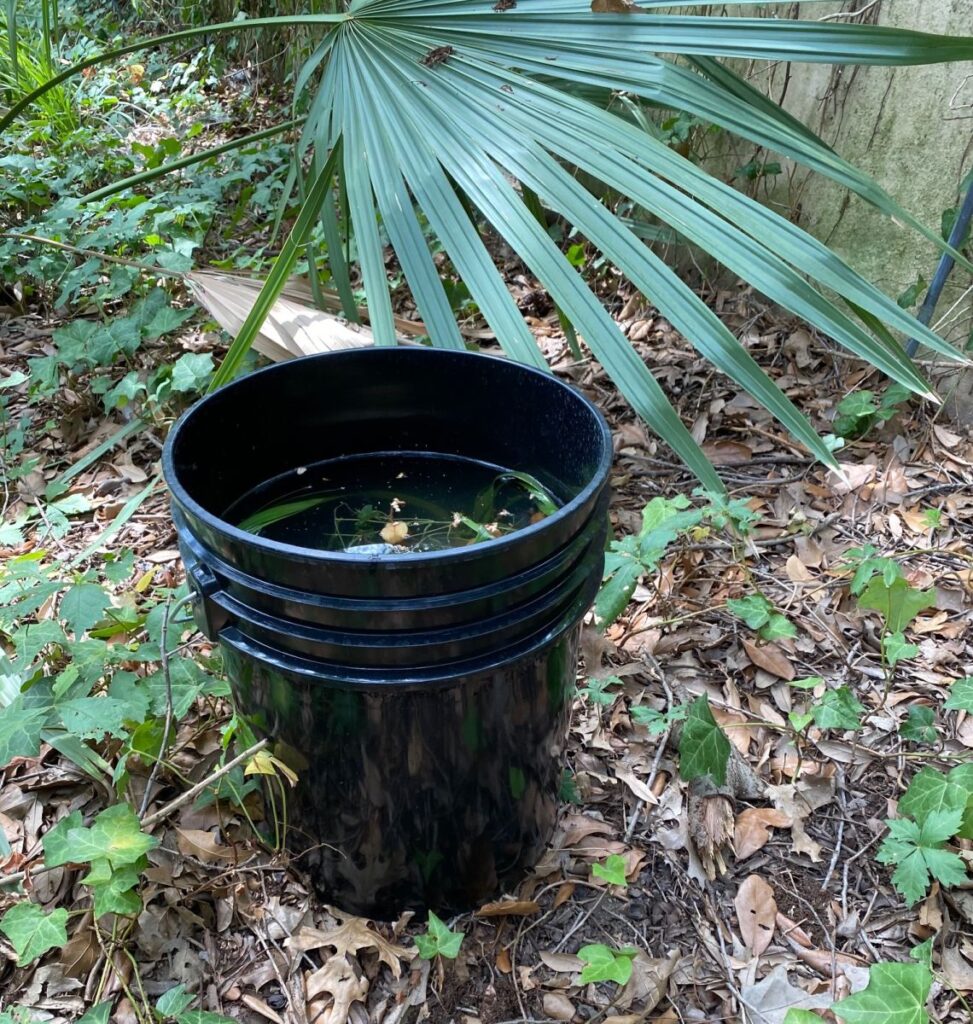
We are big fans of the simple bucket mosquito trap. Just fill a bucket 3/4 with water, add a good handful of lawn or plant clippings, and toss in a Mosquito Dunk or Mosquito Bits. These dissolve in the water and release bacteria that target mosquito larvae and kill them before they hatch. And they’re organic and not harmful to birds, bees, pets or humans! Set a few of these traps, sprinkle some organic Mosquito Beater granules around walkways and patios, spray organic Cedar Repel on your lawn, and use Skeeter Screen incense sticks near where you’re working or hanging out outside. Remember that using chemical mosquito foggers kills all the good bugs too, some of which also help control mosquitos and other bad bugs.
6. Gifts for Moms and Grads
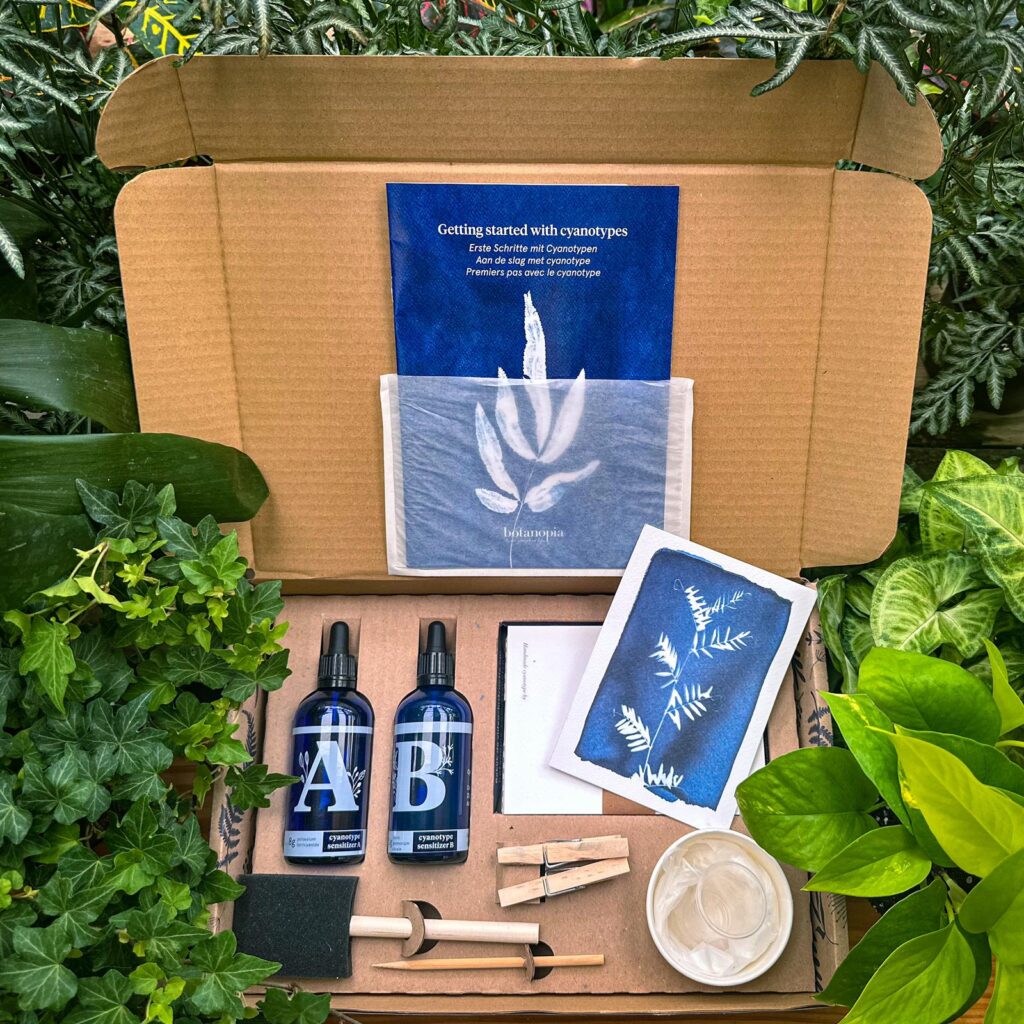
Let us help you find something pretty, useful, or both for the gardening moms and grads in your life. Pottery, birdbaths, wind chimes, garden tools, hats, gloves, garden decor, gift cards – lots of options. Check out this new cyanotype print kit – take cuttings and make cyanotype prints using sunlight! Or find the gift that gardeners love most – plants 🙂
Visit our May Garden Guide for more tips! Happy gardening!
